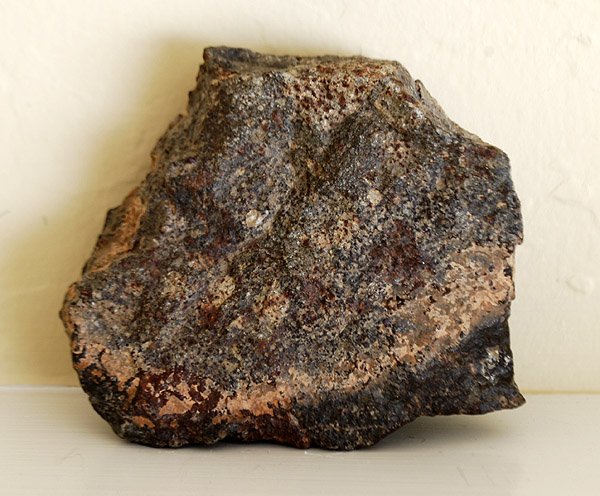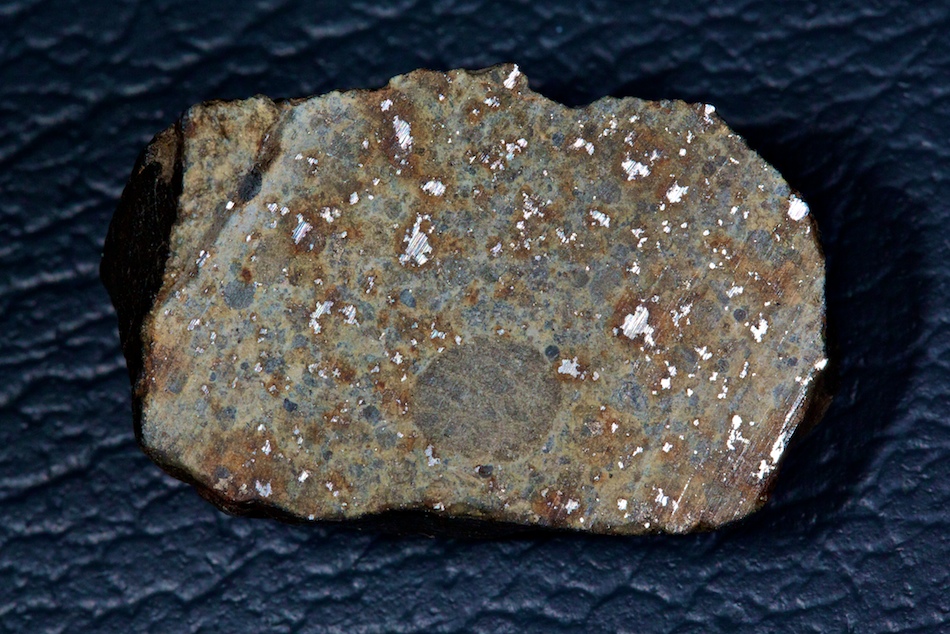

Some of the carbonaceous chondrites shown on this page, contain pre-solar grains which are believed to date back to around 8 billion years agoįor fans of the hit TV Show “Meteorite Men” which featured Aerolite President Geoff Notkin, we have included a few links to Youtube videos for appropriate episodes, showing the meteorites listed. (Source Geoffrey Notkin) Geoffrey says that even after a visual inspection has identified a potential meteorite, less than 1 are confirmed by a laboratory. In the distant past, these meteorites may have carried the very building blocks of life to Earth. Meteorites are rare, far rarer than gold, even rarer than diamonds, (though unlike gold and diamonds they can be found anywhere). Some stone meteorites, known as carbonaceous chondrites, have been found to contain water, salt, and even amino acids. They originated in the outer crust of a planet or asteroid. Forged at the very dawn of the Solar System, these chondrules are far older than our own planet. STONE METEORITES Stones constitute the largest group of meteorites. Visible inside most stone meteorites are tiny, glassy, spheres known as chondrules. This can be compounded by the fact that some meteorites exhibit almost no magnetic properties. Fusion crust is fragile and deteriorates easily, so stone meteorites that have been on the surface of our planet for a long time can often have a similar appearance to Earth rocks.

Recently-fallen stone meteorites are covered by a thin, black rind known as fusion crust, which forms as the rock’s surface is burned during flight. Stones constitute the largest group of meteorites.


 0 kommentar(er)
0 kommentar(er)
